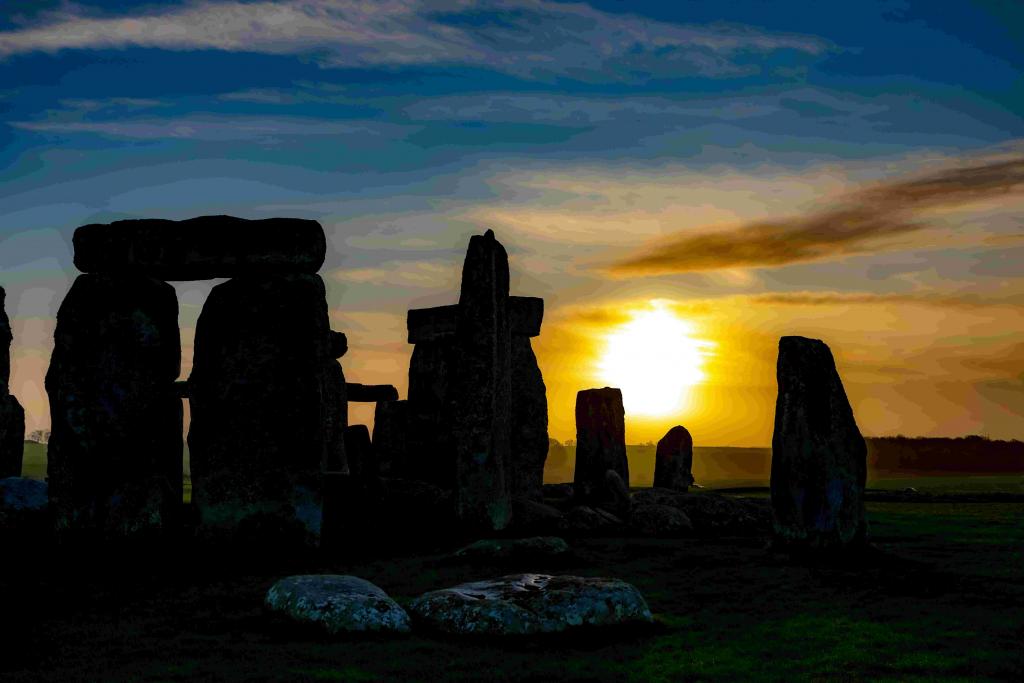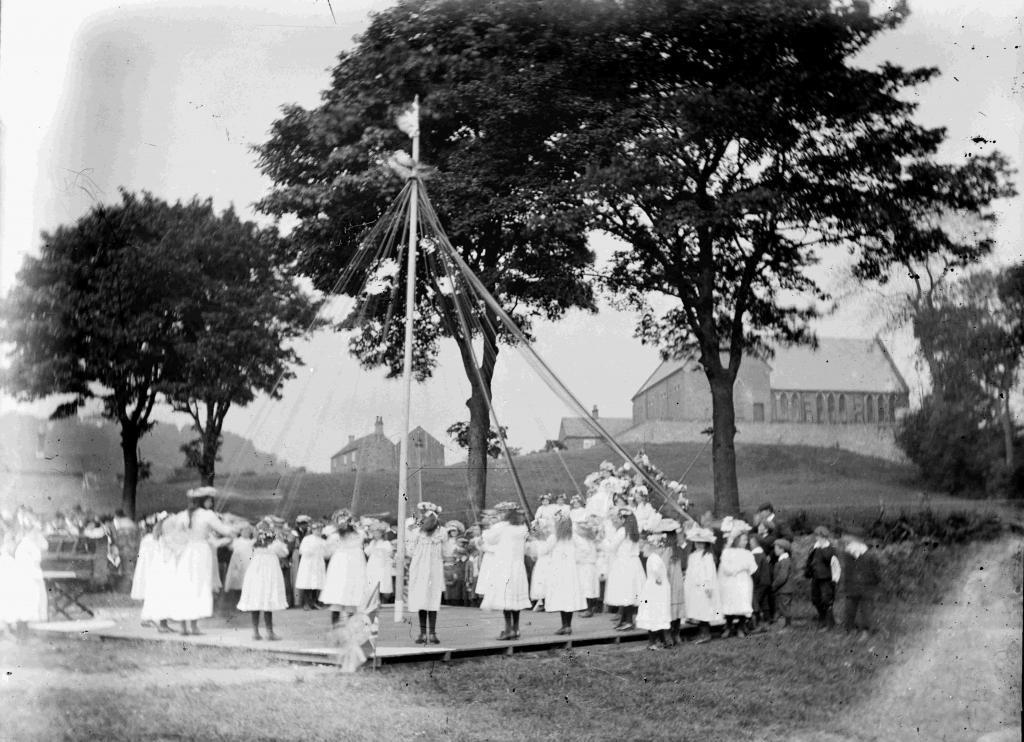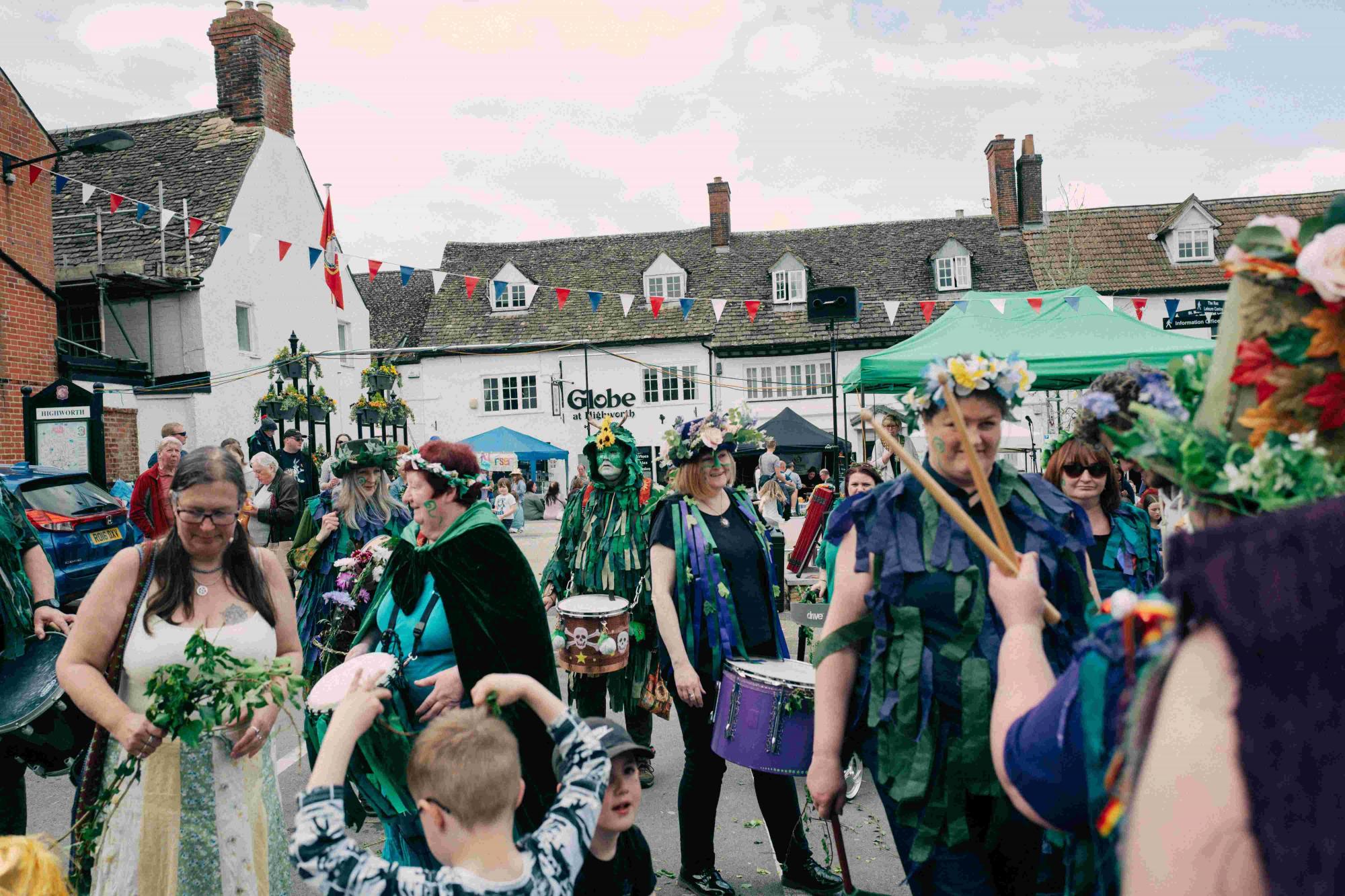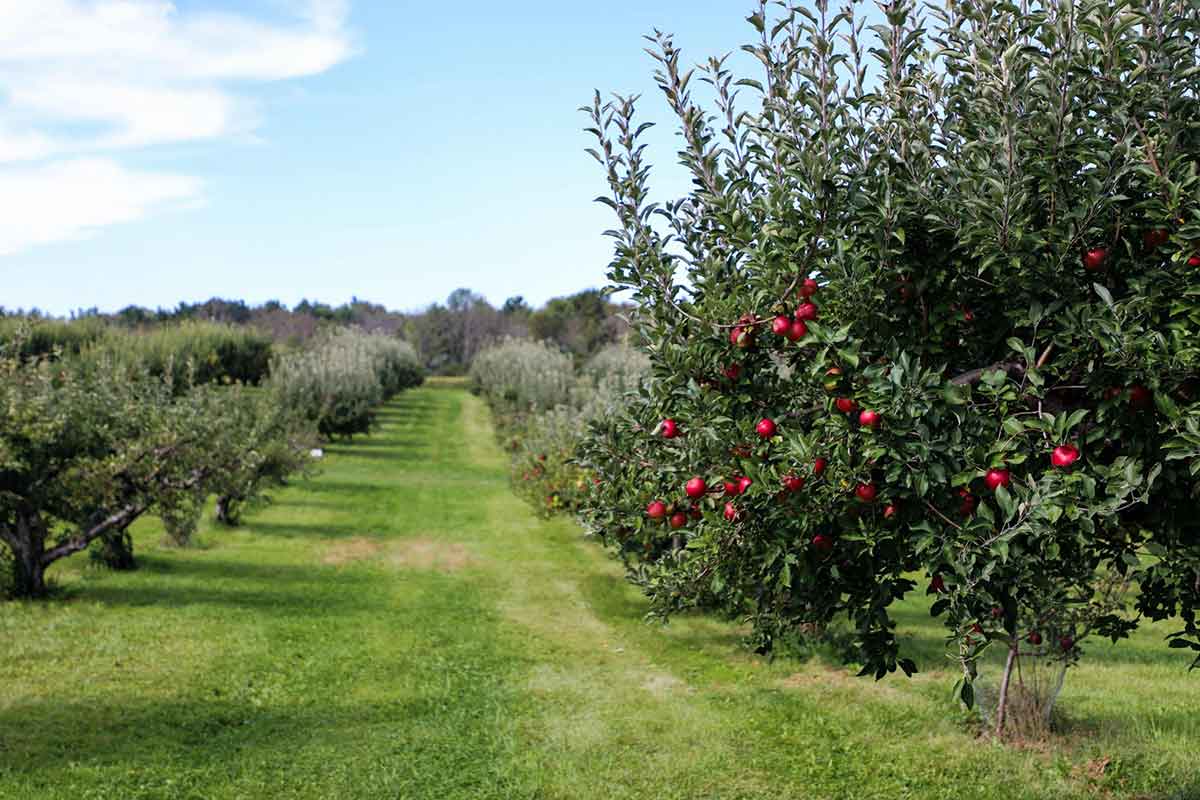Today, May Day and the traditions that go along with it are a nostalgic celebration. The Maypole is still a popular activity at school and village fetes across the country, with similar dances taking place all over the world. However, this day originally sprung from farming – celebrating the beginning of Spring and the growth of plentiful crops.

Pagan Beginnings
The first recorded May festivities took place in the early days of the Roman period. It was called the Floralia, a celebration and worship of the goddess of flowers, Flora, with competitive games and theatre. The Roman festival was chaotic, as part of the festival crowds would be pelted with vegetables, as well as deer and hares released among them.
The Gaelic Beltane Festival was the festival marking the opening of the summer pastures for livestock. Houses would be decorated with wild blossoms. Bonfires would be lit on May Day Eve, which were believed to protect herds and their shepherds.
In Wales, the first day of May is still known as Calan Mai or Calan Haf.
Over time May Day, took a back seat to other festivals. Fortunately, the people of Britain could continue to celebrate, as two feasts fell into the same period, namely St Philip and St James on 1st May and the Invention (Finding) of the Holy Cross on 3rd May.
1660 brought back all the festivals the British had missed, with Maypoles erected in every village as a gloating goodbye to the previous regime.

Maypoles, May Queens, and Bank Holidays
When most people think of May Day celebrations, the Maypole is the first image that comes to mind. Maypole dances are first recorded in mid-14th century Wales, but they soon spread across the British mainland. There are some theories that the Maypole symbolises the sacred trees in Northern Europe which pagan communities would dance around.
Many medieval festivals turned the everyday on its head, and May Day was no different. A lord and a lady would be chosen from among the lower class of the community to preside over the day. Over time focus landed on the woman, until the ‘lord’ disappeared from the tradition entirely.
The May Queen began being represented as a young girl dressed in white and crowned by flowers. She symbolised the purity and promise of spring.
The May Day Bank Holiday came into existence in 1978. The day had originally been known as International Workers’ Day.
From its roots as pagan festivals across ancient Europe, to its current day appreciated British bank holiday, May Day has been a joyful through controversial celebration. Now it is a nostalgic festival, symbolising a bright future for the farming growth of the next year.
Enjoy the celebrations in May, the beginning of Spring and the growing season!








